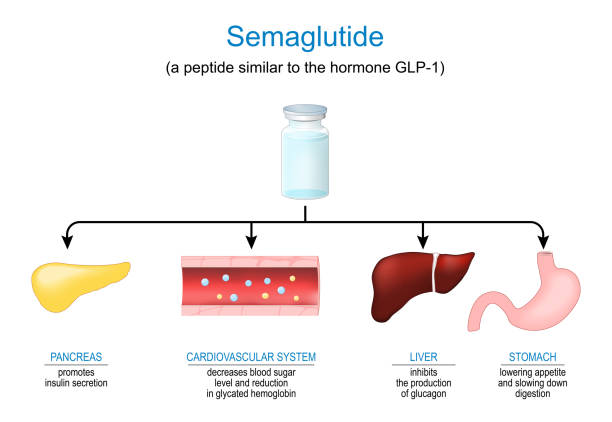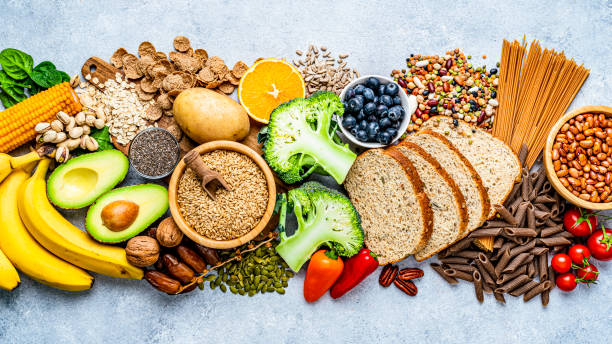GLP-1 is getting a lot of attention these days, what with its high success rate in treating type 2 diabetes and promoting weight loss. But can you actually boost your body’s natural GLP-1 response through lifestyle changes? Recent studies suggest you can.
Improving GLP-1 function is key for controlling blood sugar and research shows GLP-1 levels are often lower in people with diabetes and obesity. The good news is you can increase your GLP-1 levels with a good diet, exercise, proper stress management and consuming specific fibers.

How Does Fiber Help with GLP-1 Secretion?
Soluble fibers, like those in oats, legumes, barley and fruits, dissolve in water and can boost GLP-1 release by slowing down how quickly your stomach empties and at the same time delivering nutrients to the intestines where GLP-1 cells are active. Studies have shown that soluble fibers can double GLP-1 levels compared to regular meals. Fruits rich in pectin, such as apples and citrusy fruits, also help stimulate GLP-1.
One study published in the Canadian Journal of Diabetes looked at whether a high-fiber diet could reduce the risk of type 2 diabetes. It’s well known that fiber improves the function of insulin-producing cells in animals by increasing GLP-1 through better fermentation and the production of short-chain fatty acids (SCFAs) in the colon. However, it’s unclear if the same happens in humans.
In this study, researchers followed 28 people with high insulin levels for a year. Participants were split into two groups: Group A ate high-fiber cereals (24g fiber daily), and Group B ate low-fiber cereal. They monitored various health markers every three months and over time, those on the high-fiber diet saw an increase in GLP-1 and SCFAs, the majority of the changes were noticeable after 9 months. The study concluded that a high-fiber diet plan can boost GLP-1 and SCFAs in people with high insulin levels, but these effects take at least months to appear.

The Role of Fiber in GLP-1 Secretion
Eating a diet full of fibers can naturally boost your GLP-1 levels. While proteins help you feel full and don’t spike your blood sugar much, fibers, especially certain kinds, have a significant impact on GLP-1 secretion.
Soluble Fiber dissolves in water to create a gel-like substance in your gut, slowing down digestion and making you feel full longer. Insoluble fiber, on the other hand, doesn’t dissolve in water and helps with digestion and keeping your bowel movements regular.
Among these, soluble fiber is particularly important for increasing GLP-1 production. It encourages the growth of good gut bacteria, which ferment the fiber into short-chain fatty acids (SCFAs). These SCFAs then stimulate GLP-1 secretion, just like how GLP-1 agonist medications work.
The best sources of soluble fiber are
- Legumes (beans, chickpeas and lentils)
- Oats
- Fruits
- Vegetables
- Nuts and Seeds
By including these foods in your diet, you can naturally support your body in GLP-1 secretion to manage your appetite and blood sugar levels.